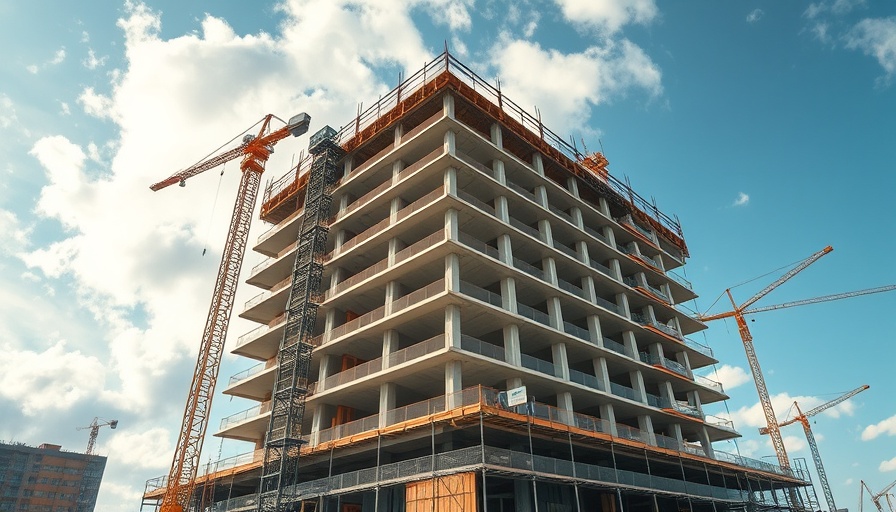
Recognizing the Dangers: The Fifth Fatal Risk in Construction
As highway construction continues to play a crucial role in maintaining and improving infrastructure, safety remains a top priority. Balfour Beatty’s recent acknowledgment of traffic as the fifth fatal risk in construction, in addition to OSHA's Fatal Four, sheds light on the increasing threats workers face on the job. This addition is vital to understanding and addressing the multi-faceted risks present in construction zones.
Understanding the ‘Fatal Four’ and Their Amplified Risks
The Occupational Safety and Health Administration (OSHA) identifies four primary hazards leading to fatalities in construction:
- Falls
- Struck by objects
- Caught-in/between incidents
- Electrocutions
While these risks have long dominated the conversation around safety, Balfour Beatty’s expansion of this list to include traffic-related dangers highlights a growing concern. In 2022, incidents in work zones resulted in 891 total fatalities, with a significant portion affecting workers and pedestrians.
The Statistics Behind Work Zone Risks
Notably, data reveals troubling trends in work zone safety. According to the National Work Zone Safety Information Clearinghouse, 891 fatalities in 2022 reflect a stark reality. 136 of those fatalities, approximately 15%, involved workers or pedestrians, making traffic encounters an undeniable risk factor. Furthermore, a recent survey conducted by the Associated General Contractors of America found that two-thirds of contractors had experienced vehicle collisions in their work zones, emphasizing the urgent need for preventative measures.
The Human Element and Personal Stories
While statistics illuminate the scale of the issue, personal stories humanize the risks involved. Richard Ryan, Balfour Beatty's U.S. senior vice president of safety and sustainability, articulated a vital message: "The statistics are staggering; construction workers in roadway work zones face life-threatening dangers every day from the driving public." These real-world scenarios remind us that behind every number is a person risking their safety for progress.
Measures Being Taken to Mitigate the Danger
Balfour Beatty’s proactive approach seeks to mitigate risks associated with live traffic through various strategies, including:
- Enhanced signage and visible warning signals
- Implementing traffic control measures
- Regular safety training for workers focused on traffic hazards
- Collaborating with local authorities to ensure safe traffic flow
By creating a safer work environment, Balfour Beatty aims to protect both their employees and the public.
Community Involvement: Why Everyone Should Care
Ensuring safety in construction zones transcends company policies—it calls for community involvement. Homeowners and drivers alike must understand the risks that workers face on roads. Educating the public on safe driving practices near work zones can significantly reduce accidents and fatalities.
Looking Forward: Future Trends in Work Zone Safety
As technology advances, future solutions may include automated traffic control systems, improved road designs, and enhanced training programs utilizing virtual reality scenarios. Incorporating these innovations can further protect those who build and maintain our infrastructure.
Conclusion: Let’s Prioritize Safety Together
In understanding the risks posed by live traffic in construction zones, it’s crucial for homeowners, contractors, and the general public to remain vigilant and collaboratively promote safety. Choose to pay attention when approaching work zones and advocate for safer road practices in your community. Together, we can push for improvements and change the narrative surrounding construction safety.
 Add Row
Add Row  Add
Add 




Write A Comment